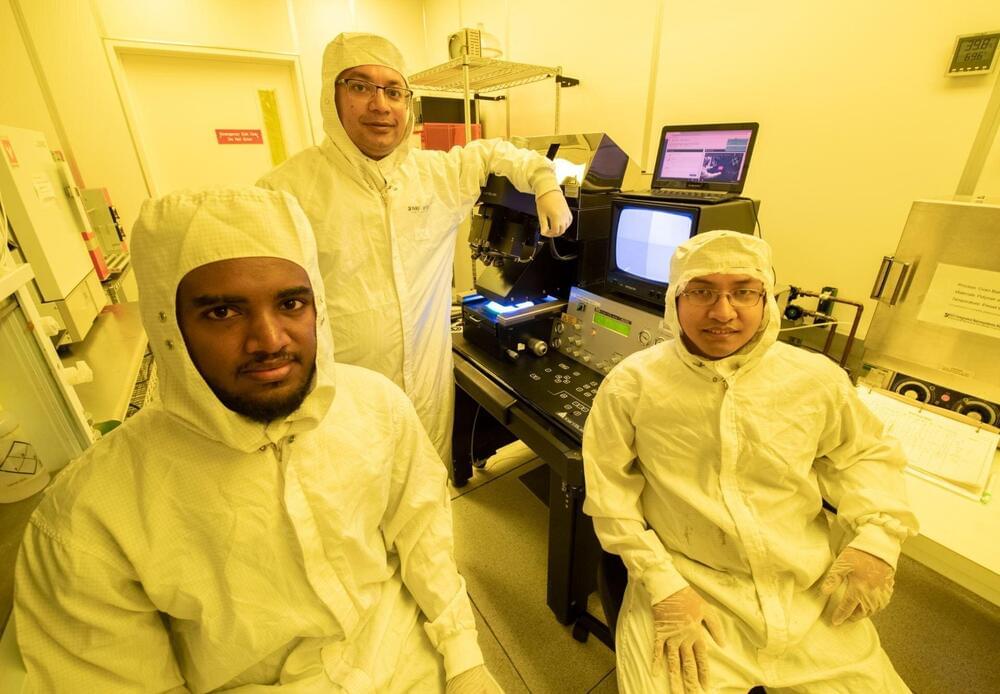🔺An ambient Sci Fi journey that evolves from light to dark, evoking imagery of distant, undiscovered secrets of the beyond. Let the music guide your mind and prepare for a ride smile In all seriousness though, this is quite a nice one. Not superhappy with the results, but it’s good enough. It’s reminescent of my older sci fi journeys. At times you may find it to dark and pressing, but the light will come again. Also, the ambience in this one is really cool. I took my time to sound design passing spaceships and shuttles as distant traffic in the background and it works extremely well and feels totally believable imo. Think I’m gonna do a video just for that ambience. Oh, visuals is kinda great too smile Thanks for your support guys smile Have a great day everyone🔺 SEO: I create ambient space music, ambient sci fi music, ambient cyberpunk music, ambient fantasy music to be used as ambient background music. You can use the music as ambient music for study, ambient music for focus, ambient music for work, ambient music for sleep, ambient music for relaxation, ambient music for reading, ambient music for writing — whatever really smile All my ambient music contains rain ambience or nature ambience. My music is best described as atmospheric ambient music, soothing ambient music, relaxing ambient music, tranquil ambient music, ethereal ambient music, cinematic ambient music, dark ambient music.
Note:
All music on this channel is not to be used without permission. It’s made for this channel only and is protected by Youtube Copyright law.
Please help the channel by liking 👍, write a comment ✏️ and subscribe 🔔, thanks 🙏!
Programs & equipment!
AUDIO CREATED WITH:
Propellerhead Reason.
Audition.
Reaper.
Waves Plugins.
VISUALS CREATED WITH:

